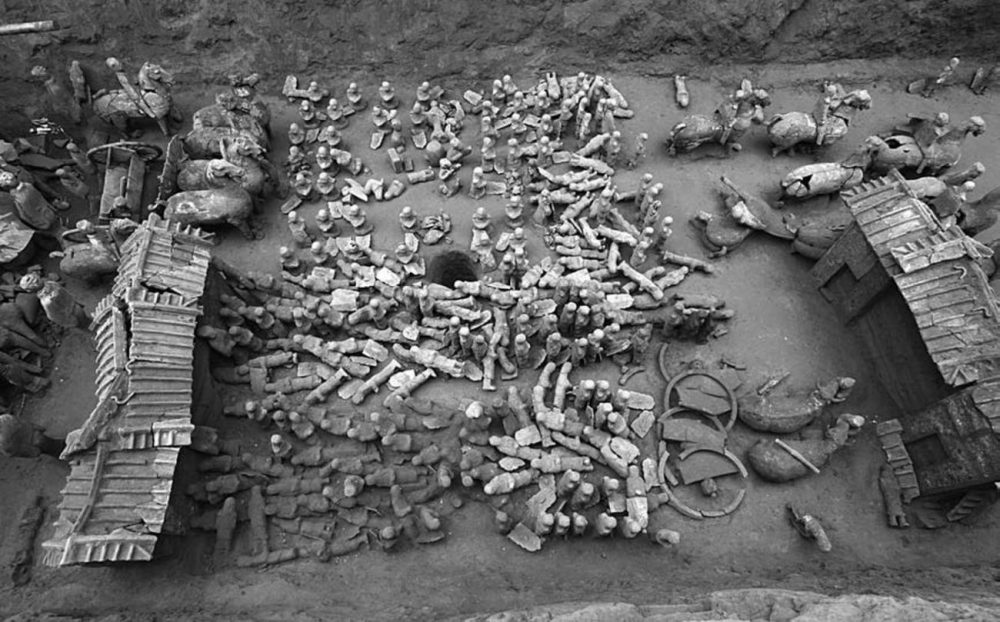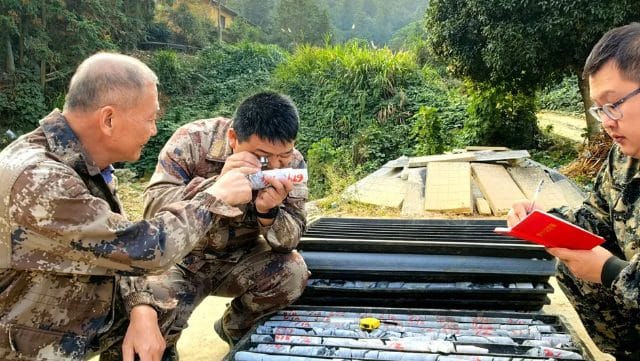More than 300 Terracotta figurines have been found in a 2,100-Year-Old Pit in China.
New Terracotta Army Unearthed in China: A Miniature Version of the Iconic Qin Shi Huang Warriors
Remarkable Discovery: Smaller but Equally Impressive Terracotta Warriors
Archaeologists in China have made a fascinating discovery: a new terracotta army, smaller but just as impressive as the famous warriors found in Xi’an. More than 300 figures, complete with armor, horses, and a band of musicians, have been excavated from a 2,100-year-old pit. The newly discovered terracotta army bears a striking resemblance to the 8,000-strong army that forms part of Emperor Qin Shi Huang’s mausoleum, a UNESCO World Heritage site since 1987.
The Distinct Characteristics of the New Terracotta Army
While the new terracotta army may appear similar to the larger, more famous collection, there are notable differences. The figures are smaller, and archaeologists believe they were created a century after the Xi’an soldiers, as reported in an article published in Chinese Relics. In addition to the military figures, the excavation also revealed small statues of musicians, a miniature theater, and four watchtowers measuring 140 centimeters in height.
A cavalry unit from the ‘new’ Terracotta Army. Image Credit: The 2,100-Year-Old Terracotta Army. Photo courtesy Chinese Cultural Relics
A Connection to Ancient China’s Royal Family
The discovery was made near the Chinese city of Linzi, close to the Yellow Sea coast. Based on the location and age of the terracotta army, experts speculate that the figures were built for Liu Hong, a prince of Qi (an ancient Chinese region) and son of Emperor Wu (reigned 141-87 B.C.).
The Mystery of the Missing Tomb
While the pit filled with terracotta warriors has been discovered, no tomb has yet been found. However, archaeologists believe that the tomb of the prince or another senior royal family member may be located nearby. The ceramic army was likely intended to protect Liu Hong or another high-ranking individual in the afterlife, suggesting that a tomb should be in close proximity.
The researchers note that architectural remains or a path leading from the pit might be present, but there is currently no way to explore the main burial chamber. It is possible that the tomb itself was destroyed long ago. This new discovery adds another layer of intrigue to the rich history of China’s terracotta armies and offers a unique insight into the beliefs and customs of ancient Chinese civilization.
PLEASE READ: Have something to add? Visit Curiosmos on Facebook. Join the discussion in our mobile Telegram group. Also, follow us on Google News. Interesting in history, mysteries, and more? Visit Ancient Library’s Telegram group and become part of an exclusive group.





![On November 25, 2024, a Long March-2C rocket successfully lifted off from the Jiuquan Satellite Launch Center in northwest China, carrying two advanced satellites into orbit. The launch occurred at 7:39 a.m. Beijing Time, placing the Siwei Gaojing-2 03 and Siwei Gaojing-2 04 satellites into their designated trajectory. [Photo/Xinhua].](https://curiosmos.com/wp-content/uploads/2024/11/Chinese-Satellites-640x426.jpeg)
